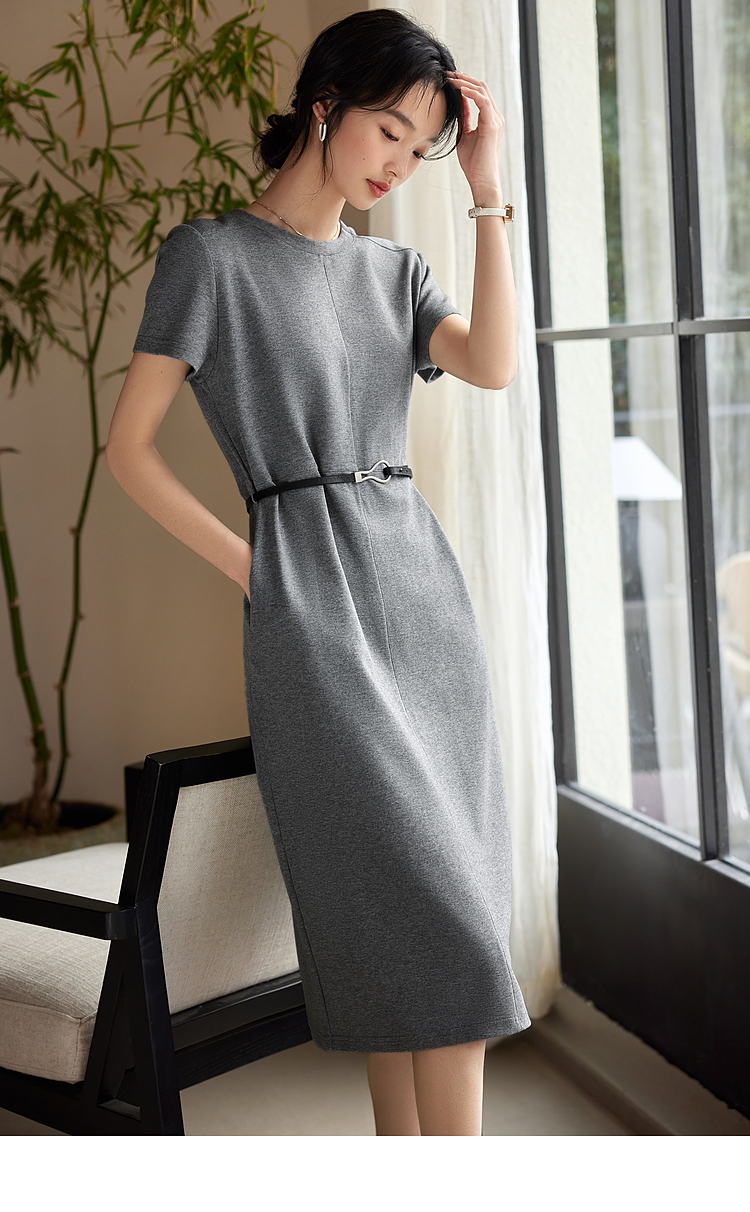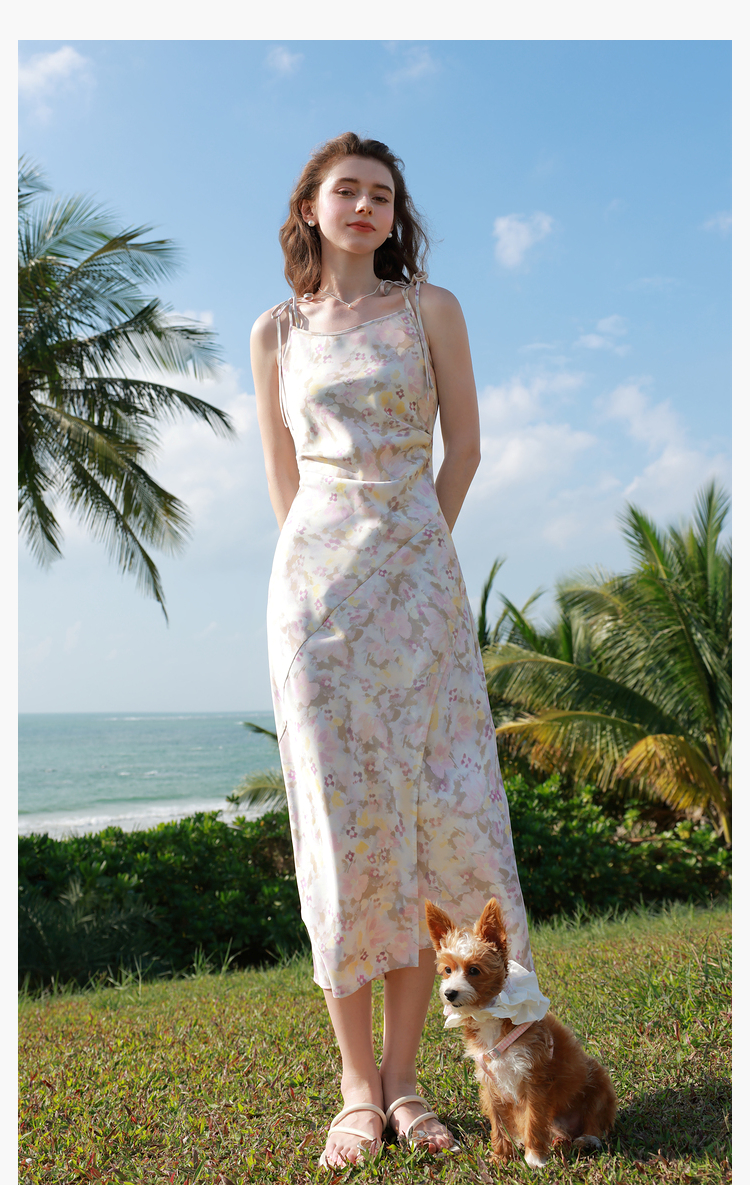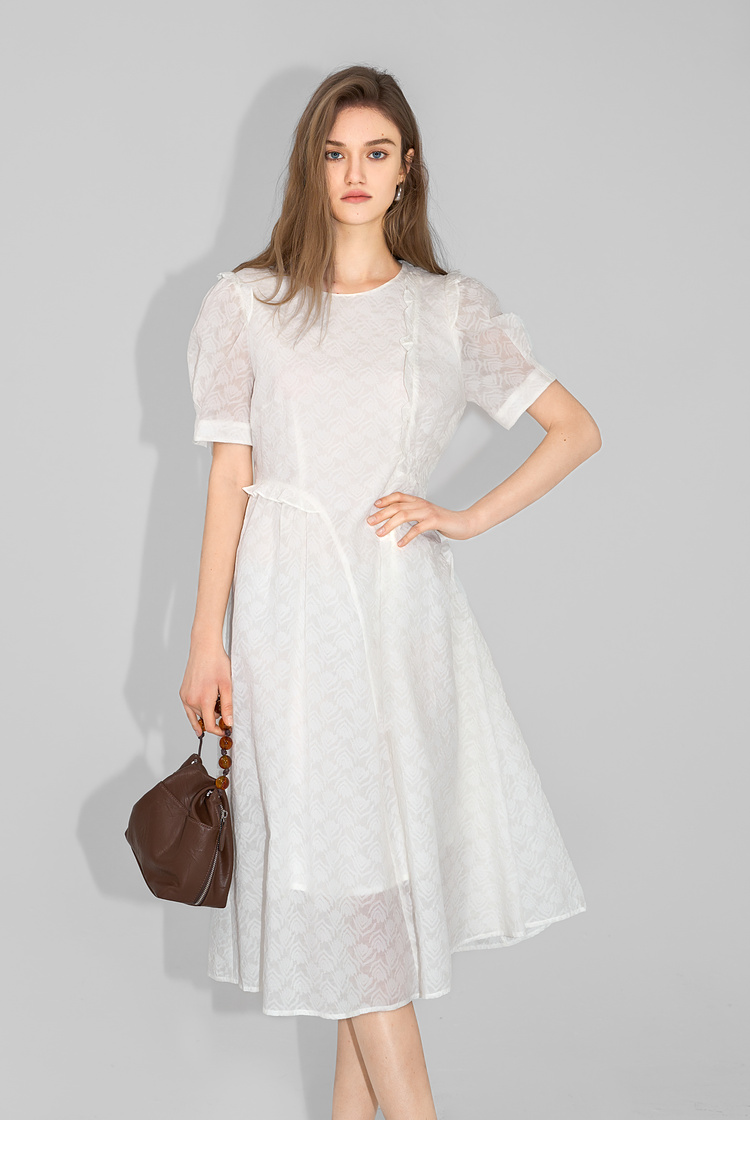A Journey Through Time: The Evolution of Japanese Clothing
As we delve into the rich tapestry of Japanese culture, it’s impossible to overlook the significance of japanese clothing. Traditional attire has been a cornerstone of Japanese identity, evolving through centuries to reflect the nation’s history, values, and aesthetics. This article takes you on a journey through the intricate layers of japanese clothing, from its ancient origins to its modern interpretations.
The Ancient Roots of Japanese Clothing
Our exploration begins in ancient Japan, where the first forms of japanese clothing were simple and practical, designed to accommodate the country’s climate and lifestyle. The kimono, arguably the most iconic piece of japanese clothing, has its roots in the Heian period (794-1185). It was during this time that the kimono began to take on a more structured form, with the introduction of the kosode, a T-shaped garment that would later become the basis for the modern kimono.
From Heian to Edo: The Transformation of Japanese Clothing
As Japan entered the Edo period (1603-1868), japanese clothing saw significant transformations. The samurai class, with its strict code of conduct, influenced the design of clothing, leading to the development of the hakama, a garment worn over a kimono for added warmth and protection. The Edo period also saw the rise of the yukata, a lighter, more casual version of the kimono, which became popular among commoners during summer festivals.
The Influence of the West on Japanese Clothing
With the opening of Japan to the West in the mid-19th century, Western fashion began to influence the traditional attire of the Japanese. The Meiji Restoration (1868-1912) marked a period of rapid modernization, during which Western clothing styles were adopted by the Japanese elite. However, the kimono persisted as a symbol of national pride and cultural identity.
Modern Twists on Japanese Clothing
Contemporary Japan has seen a resurgence of interest in traditional japanese clothing, with designers and fashion enthusiasts alike exploring innovative ways to incorporate these timeless garments into modern attire. The fusion of traditional and contemporary styles has given rise to a new generation of japanese clothing that is both chic and respectful of its heritage.
Celebrity Endorsements and the Global Appeal of Japanese Clothing
“The kimono is not just a piece of clothing, but a canvas that reflects the soul of Japan.” – This quote by a renowned Japanese fashion designer encapsulates the essence of japanese clothing in the global fashion scene. Celebrities and influencers have played a pivotal role in promoting the beauty and elegance of traditional attire, making it a sought-after fashion statement worldwide.
Preserving Heritage Through Innovation
As we stand at the crossroads of tradition and modernity, the preservation and innovation of japanese clothing remain a delicate balance. It is through the careful curation and adaptation of these garments that we can ensure their continued relevance and appeal. The future of japanese clothing is not just about maintaining the past but also about embracing the present and looking forward to the future.
Conclusion: The Timeless Allure of Japanese Clothing
In conclusion, japanese clothing is more than just attire; it is a living testament to Japan’s cultural heritage. As we continue to explore and appreciate the evolution of these garments, we are reminded of the importance of preserving our cultural roots while embracing the spirit of innovation.







I’m glad the article highlighted the importance of balance between tradition and modernity. As a historian, I believe that preserving cultural heritage doesn’t mean stagnation. Innovation can breathe new life into old traditions, making them relevant for future generations.
Living in Japan, I can attest to the enduring popularity of the yukata, especially during summer festivals. It’s not just about the clothing; it’s about the experience and the sense of community it fosters. The comfort and ease of wearing a yukata make it a perfect choice for hot summer nights.
I’m glad the article mentioned the Meiji Restoration’s impact on Japanese clothing. It’s a crucial period that marked the beginning of Japan’s modernization, and its influence on fashion is still felt today.
I’m a bit concerned about the durability of modern interpretations of traditional Japanese clothing. While they look beautiful, I wonder if they can withstand the test of time like their historical counterparts.
The article’s conclusion about the timeless allure of Japanese clothing is spot on. No matter how much the world changes, there will always be a place for garments that tell a story and carry a sense of history.